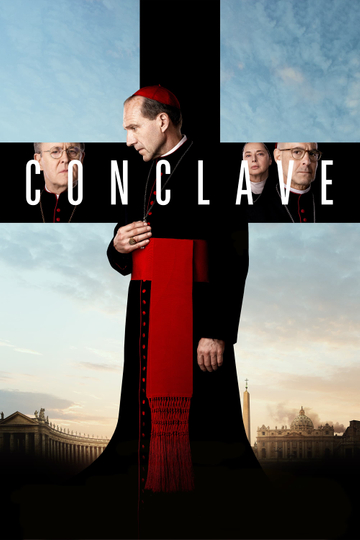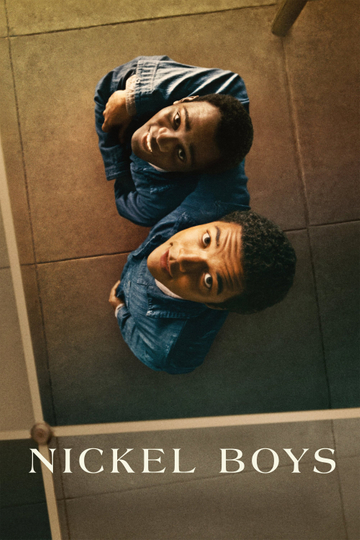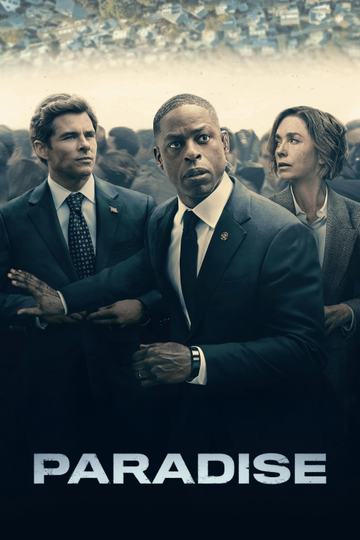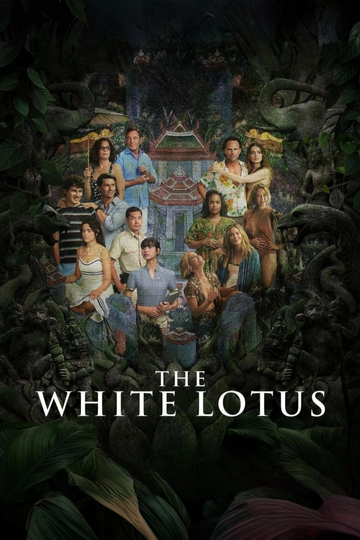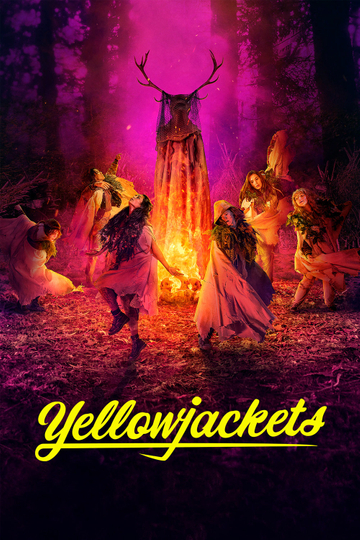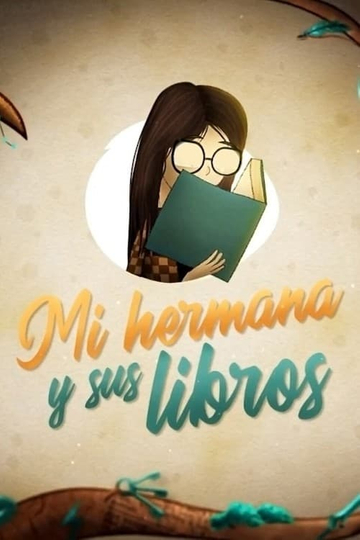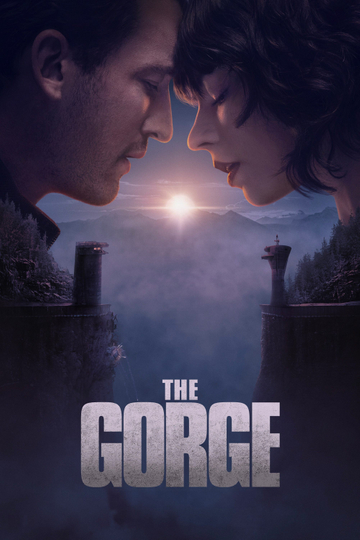Temporada 2 Episodes
1. "Otelo" y las diversas formas de los celos
Diana continues after her friend's boyfriend, thinking that she only needs a "chance" so that he can be hers. Laura does not see this favorably so she tells her sister a story where we can see that jealousy has different forms: "Othello."
2. "Entre mujeres solas" y las expectativas impuestas a las mujeres
Diana kissed her friend's ex and now she doesn't know what to do, Laura tries to help her sister understand her feelings and make a decision by reciting some poems from Giovanna Pollarolo's collection of poems “Entre mujeres solas”
3. "Carmilla" y el problema de la homofobia
School dramas come for Laura when her best friend, Martina, confesses that she is homosexual and that she is afraid to tell her parents. Laura doesn't know how to react, but talking with Diana she remembers a story that could help her resolve her fears: “Carmilla” by Sheridan Le Fanu.
4. La vuelta al mundo en 80 días y la aventura de lo exótico
2020 won't be able to stop Diana, so she has already started planning her 2021 by making a map of the places in the world she wants to visit that year. Laura feels like her sister is putting a lot of pressure on herself, but the whole idea of traveling the world reminds her of a Jules Verne story: “Around the World in 80 Days.”
5. "Chono" y la cosmovisión Shipibo-konibo
The forest fires in the Peruvian Amazon do not stop and this has Diana very worried, which makes the sisters think about the cultural differences of our country and reminds Laura of a collection of poems that deals precisely with this: “Chono” by Inin Rono Ramirez Nunta.
6. "La pata de mono" y la lucha contra el destino
Diana is scared to death because after a fortune teller tells her that “someone will come back to her life,” she believes that the ghost of Mr. Lucilo, her deceased neighbor, is haunting her house. Laura downplays her superstitions and tells her a story about it: “The Monkey's Paw” by William Wymark Jacobs.
7. "Warma Kuyay" y el abuso del poder
Diana witnesses an abuse of power by an unpleasant employer towards the woman who works in her house doing domestic service. This outrages her and leads the sisters to look for answers in a story by José María Arguedas: Warma Kuyay.
8. "Cuniraya Viracocha y Cavillaca" y los mitos como explicación del mundo antiguo
Diana has left very excited from her visit to Pachacámac for field work at the university, so she convinces Laura to let her tell her a myth that they told her there, the “Cuniraya Viracocha and Cavillaca.”
9. "Julio y su papá" y el dolor del abandono
One of the sisters' cousin and her son have been abandoned by their father, so Laura's family has decided to support her by letting her spend time at their house. This leads the sisters to talk about a story with a lot of heart, “Julio and his dad.”
10. "Cumananas" y la tradición afroperuana en la cultura norteña
Diana is outraged by the centralism she feels in Lima, so to help her remember her northern roots Laura recites some authentic Cumananas from the region and Afro-Peruvian culture.
11. "El ermitaño del reloj" y la eterna rutina
Is Laura mired in routine or is Diana putting a lot of pressure on herself with her life goals? The sisters debate their problems while talking about the story “The Hermit with the Clock.”
12. "La tripita" y las niñas buenas y las niñas malas
Diana is offended when Laura lets it be known that no one had missed her at a family gathering, which leaves a tense atmosphere in the video call and encourages Laura to tell a story about two very different sisters: “La tripita” by Angélica Palma.
13. "Mujercitas" y las diversas formas de ser mujer
The video call continues. Has Laura heard everything Diana said? With many doubts still in their minds, the sisters continue their conversation and Laura decides to tell a new story: “Little Women” and “Those Little Women” by Louisa May Alcott.

